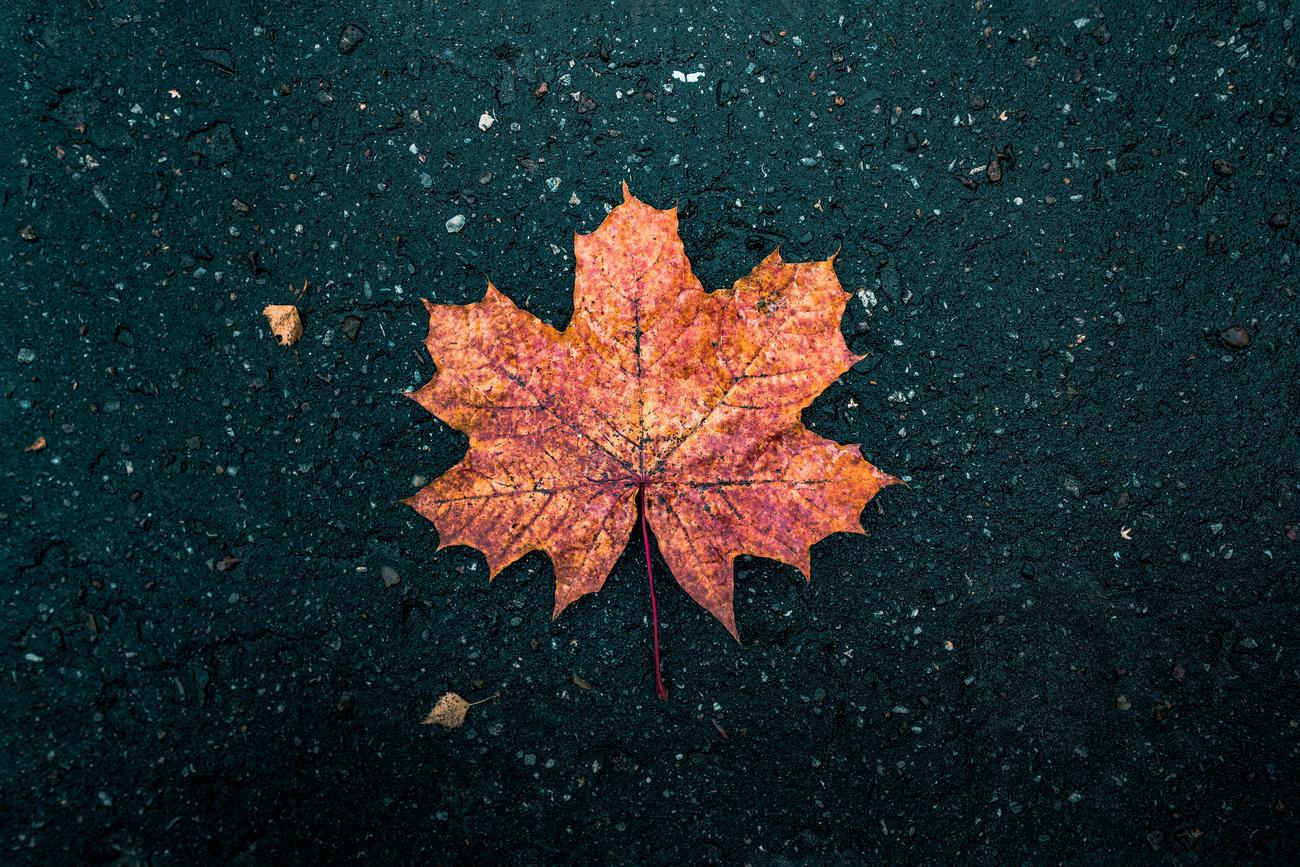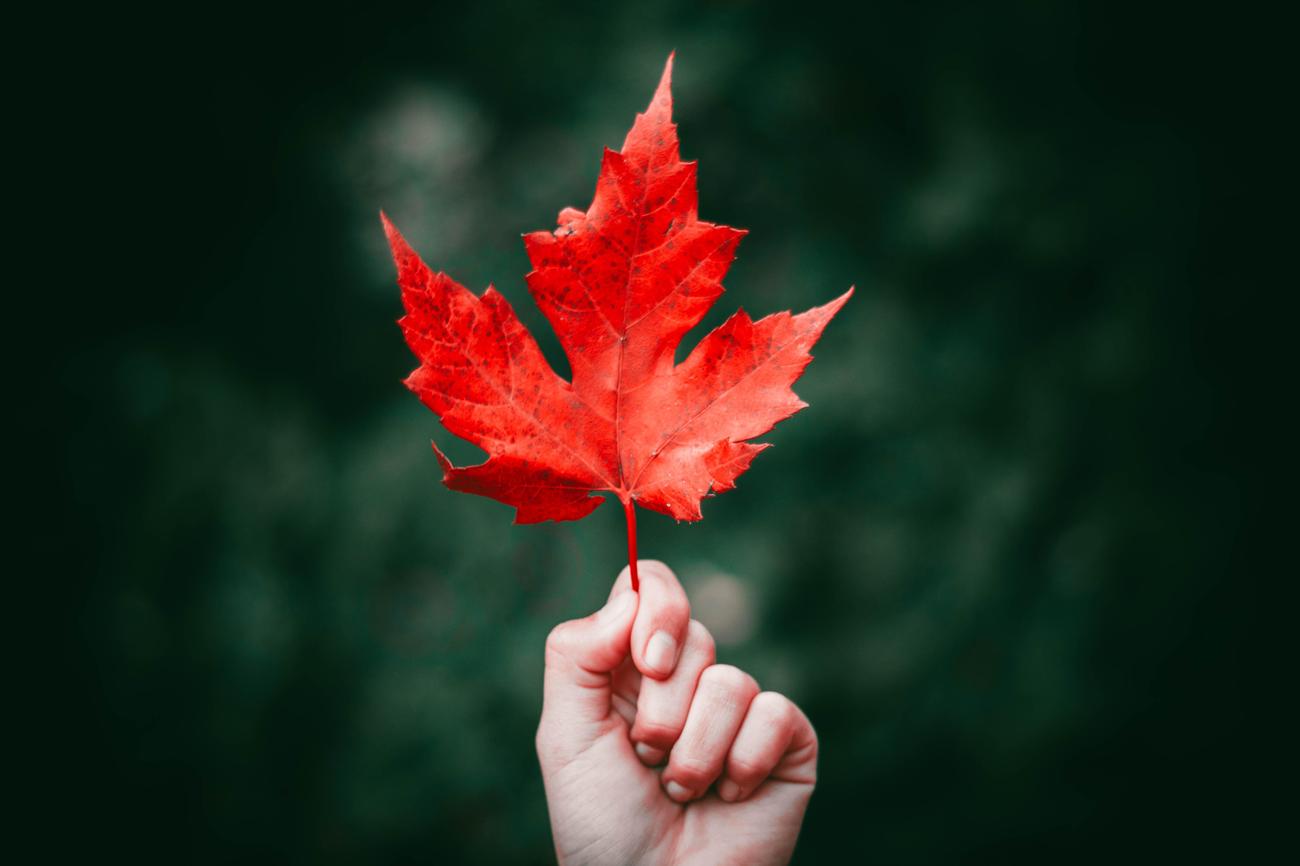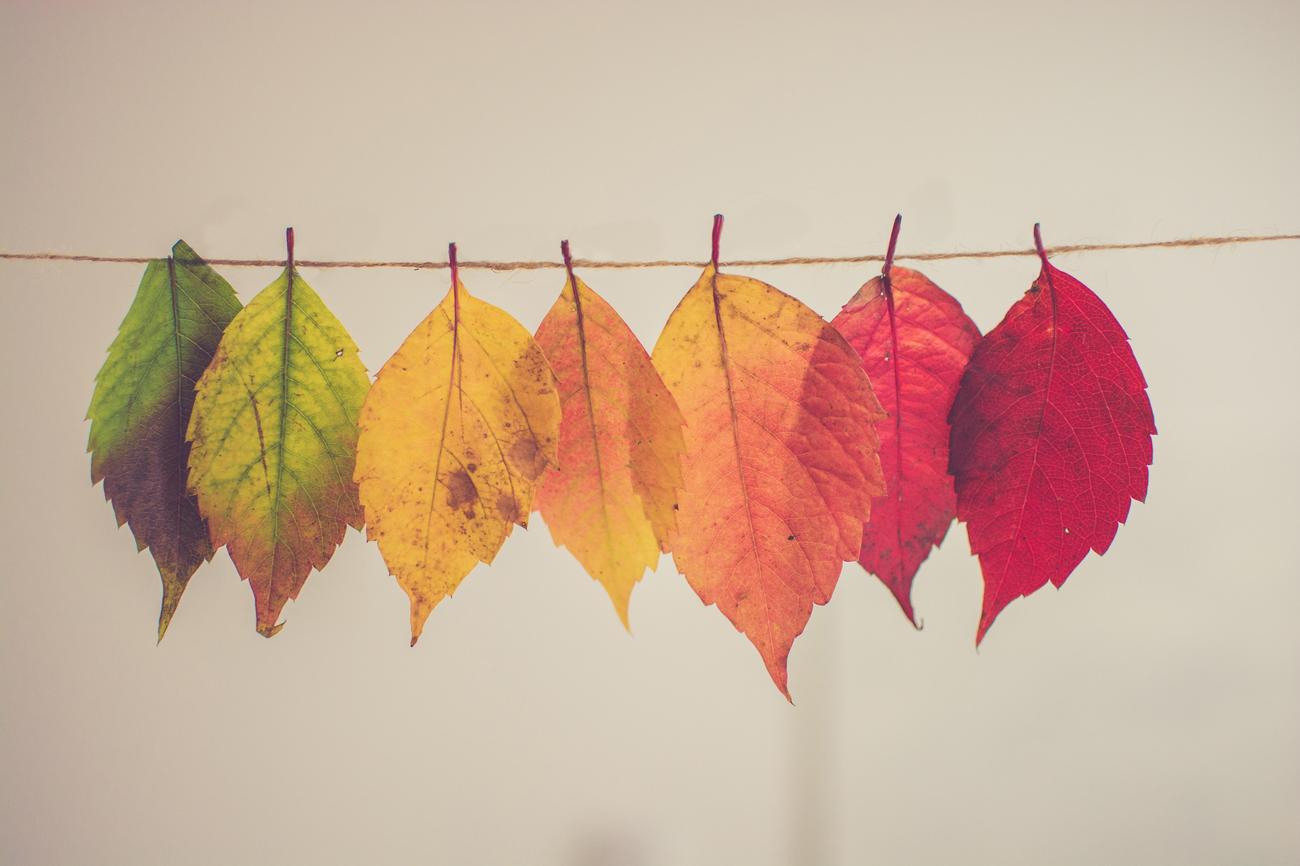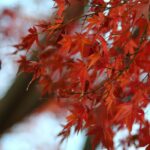What does the maple mean in love? In this article, titled “The Profound Symbolism of Maple in Love: Unveiling Its Hidden Meanings,” we invite you to embark on a journey through the intricate realm of human connections, guided by a seasoned relationship coach with a background in psychology. Drawing on years of experience in counseling and a profound understanding of the emotional nuances of love, we aim to explore the profound significance of the maple tree and its symbolic representations in matters of the heart. Through passionate research, captivating storytelling, and insightful analysis, we seek to shed light on the hidden meanings and implications the maple holds, offering valuable guidance and understanding to those embarking on their own love journeys. Join us as we unravel the profound symbolisms of the maple tree, igniting curiosity and enlightening readers about the enigmatic ties between love and this majestic tree.

What does the maple mean in love?
The maple leaf has long held deep symbolic meaning, particularly in Asian cultures such as China, Japan, and Korea. It represents the beauty of love in everyday life and the sweetness of the early stages of a romantic relationship. In these cultures, the maple leaf is a powerful emblem of love’s delicate charms and the enchanting journey of falling in love.
In Chinese and Japanese cultures, the maple leaf is seen as a representation of the tender moments and subtle beauty that love brings to everyday life. It embodies the joy and excitement of a blossoming romance, evoking a sense of warmth and gentleness. The maple leaf’s graceful shape and vibrant colors reflect the delicate nature of love, symbolizing the sweetness and enchantment that comes with being in love.
In Korean culture, the sight of a maple leaf falling together is believed to be a sign of eternal love and commitment. This beautiful spectacle is viewed as a powerful symbol of two souls coming together and promising to stand by each other through the changing seasons of life. It signifies a deep connection that transcends time, symbolizing the strength and longevity of love.
Beyond Asia, the maple tree holds significance in Native American cultures, where it represents balance and practicality. Native Americans view the maple tree as a symbol of stability and harmony, qualities that are essential in a successful and fulfilling relationship. The maple tree’s strong roots and steady growth symbolize the importance of staying grounded and finding balance in love.
Furthermore, the maple leaf is associated with fertility and the excitement of welcoming a new baby. In some cultures, the stork is believed to use maple branches in its nest, symbolizing the anticipation and joy that come with the arrival of a new life. The maple leaf is a reminder of the precious moments of new beginnings and the love that flourishes within a growing family.
It is also worth noting that the maple leaf holds strong ties to national pride, especially in Canada. The maple leaf has become an iconic symbol of the country, representing unity, diversity, and the shared values of Canadians. It embodies a sense of belonging and national identity, reminding us of the love and loyalty we have for our homeland.
In spiritual realms, maple trees are believed to possess magical properties. The energy and essence of the maple tree are often associated with protection, abundance, and spiritual growth. This mystical connection adds another layer of depth to the symbolism of the maple leaf in matters of the heart, signifying a love that is not only earthly but also transcendent and connected to a higher realm.
Lastly, the maple leaf is also closely associated with the autumn season and the changing colors of leaves. As the vibrant hues of red, orange, and yellow spread across the landscape, the maple leaf represents the beauty of transformation and the cyclical nature of love. It reminds us that love, like the seasons, goes through different phases of growth, change, and renewal.
In conclusion, the maple leaf holds profound symbolism in the realm of love, encompassing a wide range of meanings across various cultures and contexts. It represents the beauty of love in everyday life, the sweetness of new relationships, eternal love and commitment, balance and practicality, fertility and new beginnings, national pride, spiritual connection, and the ever-changing nature of love. Embracing the meanings of the maple leaf can deepen our understanding of love’s complexities and bring us closer to the profound experiences it has to offer.
“The maple leaf, with its myriad of meanings, invites us to explore the depths of love and appreciate its diverse expressions.”
Maple trees are fascinating and full of surprises. Did you know that maple trees can live for over 200 years? That’s right! These magnificent trees have stood the test of time and continue to thrive in various environments. If you’re interested in learning more fun facts about maple trees, click here to uncover some mind-blowing information.
What Activities Do Kids Like to Do?
[youtube v=”nddRGDEKxA0″]
The preferences and activities of children vary greatly, as they explore different hobbies and interests. Let’s take a look at some of the favorite activities mentioned in the YouTube video transcript.
Dancing and Swimming:
Kids enjoy the physicality and joy that comes with dancing and swimming. However, they also have their personal preferences when it comes to dance partners or swimming locations. For example, one child mentioned liking dancing but not with a bear, and another mentioned liking swimming but not in the air.
Drawing and Cooking:
Drawing and cooking are creative activities that children often indulge in. However, they have certain preferences for the tools they use or the settings in which they engage in these activities. A child expressed liking drawing but not with a spoon, and another mentioned liking cooking but not on the moon.
Riding a Bike and Petting Animals:
Kids love the freedom that comes with bike riding and the joy of interacting with animals. However, they may have certain preferences regarding the type of animals they interact with. For instance, one child mentioned liking riding a bike but not riding a shark, while another child expressed liking petting a soft furry dog but not an aardvark.
Running and Painting:
Running and painting allow kids to express themselves and engage in physical or artistic endeavors. However, they have their preferences when it comes to the circumstances in which they participate. One child mentioned liking running but not with a bee, and another child expressed liking painting but not in a tree.
Reading and Singing:
Reading and singing are popular activities that kids enjoy for pleasure and self-expression. However, they also have preferences when it comes to the way they engage in these activities. For example, one child mentioned liking reading but not upside down, while another child expressed liking singing with friends but not with sheep.
In summary, the video explores the favorite activities of children, highlighting their personal preferences and dislikes. It showcases a variety of activities such as dancing, swimming, drawing, cooking, bike riding, petting animals, running, painting, reading, and singing. Each child has unique preferences and offers insights into what they like and dislike about each activity.
As stated in the kids’ song, “What Do You Like To Do?”, children have their preferences and dislikes when it comes to various activities. It’s essential to give them the freedom to explore and discover what brings them joy and fulfillment in their everyday lives.
“Children have their own unique preferences and dislikes when it comes to engaging in activities. Each child’s individuality should be celebrated and supported, allowing them to discover what brings them joy and fulfillment.”

FAQ
Question 1: What is the significance of the maple leaf in the realm of love?
Answer: The maple leaf is steeped in symbolism when it comes to matters of the heart. In China, Japan, and Korea, it represents the beauty and sweetness of love in everyday life, as well as the excitement of the early stages of a romantic relationship. In Korean culture, witnessing a maple leaf falling together is believed to signify eternal love and commitment.
Question 2: How is the maple leaf associated with fertility and new beginnings?
Answer: Beyond romantic love, the maple leaf is also linked to fertility and the celebration of new life. In native cultures, the maple tree is associated with practicality and balance, and the stork often uses its branches in its nest to welcome a new baby. This connection reflects the joy and anticipation of starting a family and the arrival of a precious little one.
Question 3: What does the maple leaf symbolize in Canadian culture?
Answer: The maple leaf holds immense significance in Canadian culture and is a proud national symbol. It represents Canada’s natural beauty, resilience, and unity. The maple leaf is often used to express national pride, and it is prominently featured on the Canadian flag. It embodies the spirit of the country and evokes a sense of belonging and identity.
Question 4: Are there any spiritual or magical properties associated with the maple tree?
Answer: Yes, in various spiritual traditions, the maple tree is believed to possess magical properties. It is associated with protection, abundance, and a connection to the spiritual realms. The maple’s unique qualities, such as its sweet sap and stunning foliage, are seen as reflections of its magical essence. It is revered as a sacred tree that offers blessings and guidance.
Question 5: Is the maple leaf associated with any particular season or natural phenomenon?
Answer: The maple leaf is closely associated with the autumn season and the enchanting transformation of foliage into vibrant hues of red, orange, and yellow. It serves as a symbol of change, transition, and the impermanence of life. The image of maple leaves adorning the landscape during autumn is a reminder of the beauty and cyclical nature of existence.












